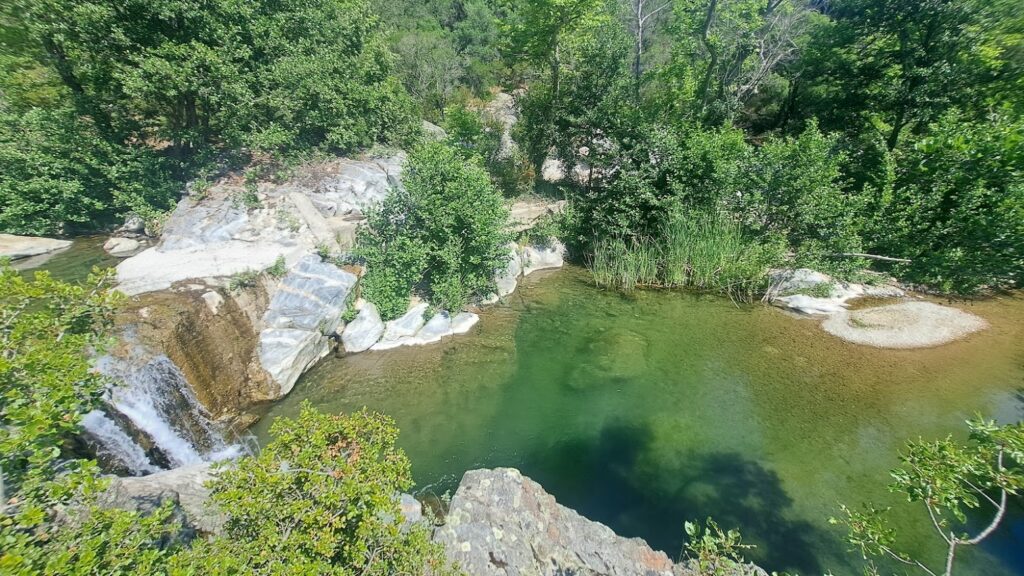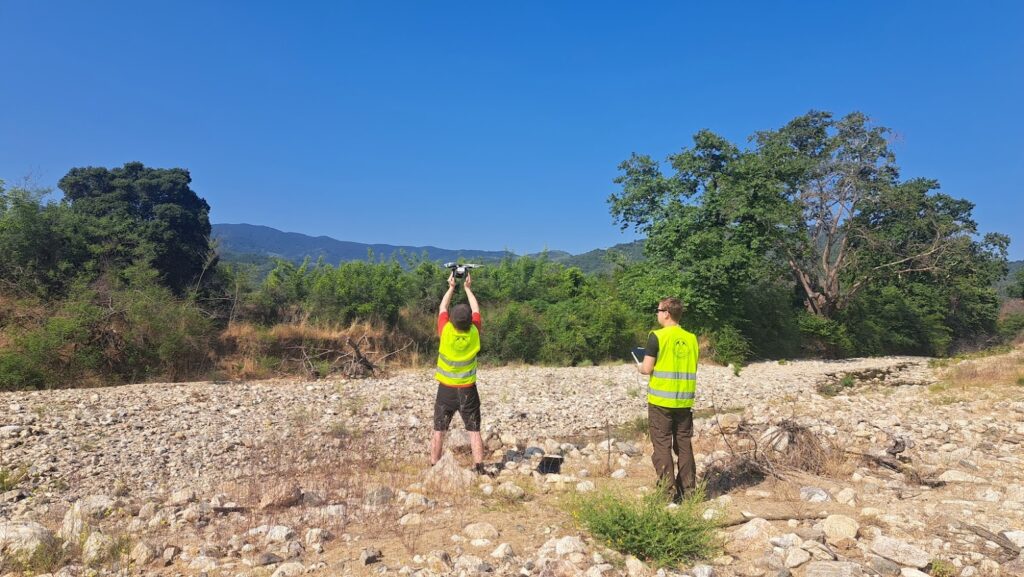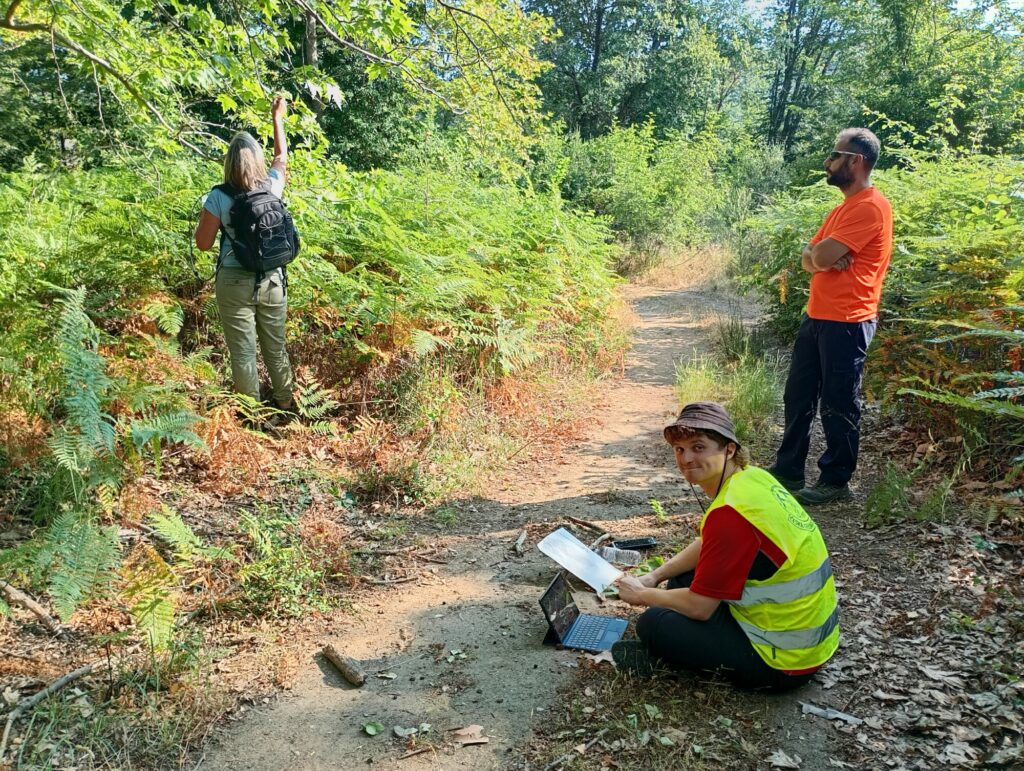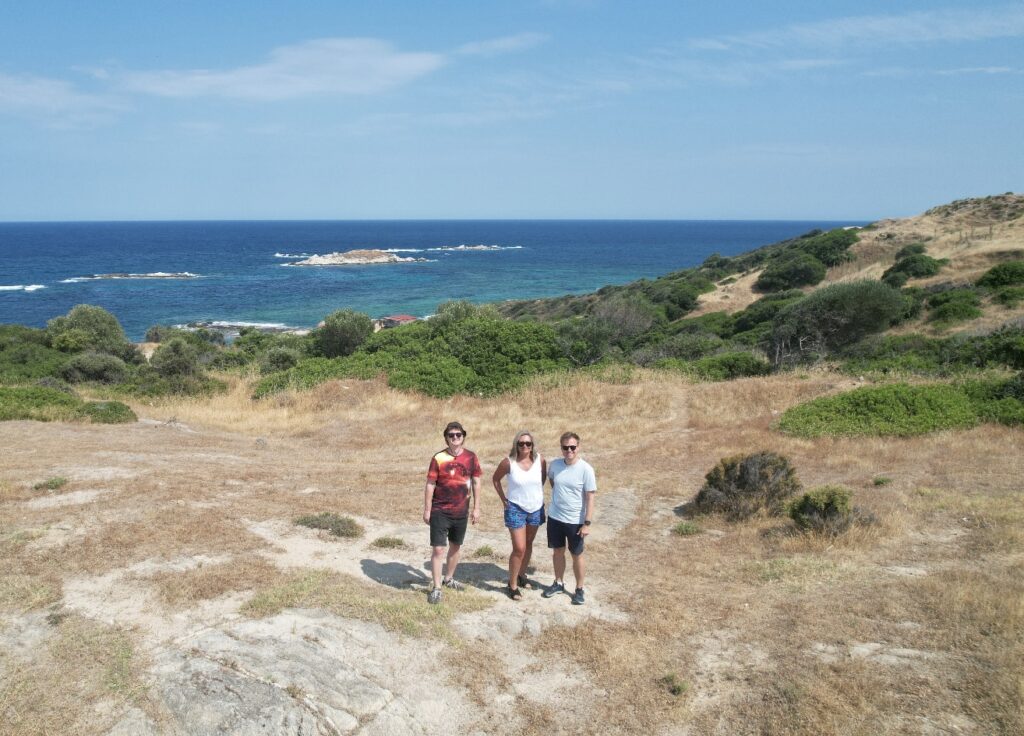Monitoring Water and Dust in Chalkidiki – Fieldwork with CGS and Hellas Gold
This summer, the MultiMiner team returned to the Chalkidiki region of northern Greece for an intensive field campaign led by the Czech Geological Survey (CGS) in collaboration with Hellas Gold. The focus was on two crucial aspects of mine site monitoring: water quality and dust emissions.

Over the course of several days, the team collected new samples and datasets around the Olympias, Stratoni, and Skouries mines. Using small drones equipped with advanced sensors, including a UAV-mounted spectroradiometer and a multispectral Parrot Sequoia camera, researchers captured detailed spectral information from surface waters. At the same time, water samples were taken for laboratory analysis, ensuring a strong link between field measurements and verified chemical results.

Dust monitoring was carried out in an innovative way: by sampling the leaves of plane trees (Platanus orientalis) growing near the mines. At each location, the team carefully collected both “dusty” and cleaned leaves from multiple trees. These were later measured with a high-resolution spectroradiometer and analysed in the laboratory, providing insight into how dust settles on vegetation and how its chemical signature can be detected remotely.

The fieldwork built upon campaigns conducted in 2024, applying the same methods to strengthen data consistency across years. Early results on water quality have already been presented at major international conferences, and the new datasets will contribute directly to the development of MultiMiner’s Generic Mine Site Monitoring (GMSM) framework. This framework will allow mining companies and regulators to better detect environmental changes, predict risks, and take timely action.
Beyond the science, the fieldwork also offered a chance to experience Chalkidiki first-hand. The team noted the strong environmental commitment of Hellas Gold, who not only supported the research but also demonstrated care for the wider area by organising community clean-ups in nearby villages. Encounters with turtles, eagles, and seagulls reminded everyone of the region’s rich biodiversity and the importance of protecting it.

The data collected will now undergo detailed analysis, linking field measurements with drone and satellite imagery. Together, these insights will help create new tools for monitoring mining impacts; tools that benefit both industry and the communities living alongside Europe’s raw materials sector.
Mining is often seen as something distant (happening underground or in far-off locations) but the way it’s done has a direct impact on both industry and everyday life. The MultiMiner fieldwork in Chalkidiki is developing new ways to monitor water quality and dust emissions using advanced sensors, drones, and satellite data.
For the mining industry, this means earlier detection of potential environmental risks, smarter decision-making, and safer, more efficient mine operations. Tools like the GMSM being developed from this work will help companies reduce costs while proving their commitment to sustainability.
For everyday people, especially local communities near mining sites, this translates to cleaner water, healthier air, and more responsible land management. These methods help ensure that mining – which provides the raw materials for everything from smartphones to renewable energy infrastructure – can coexist with thriving local environments.
In short: better monitoring now means fewer problems later. MultiMiner is showing how data-driven innovation can make Europe’s mining both more sustainable and more acceptable to society.